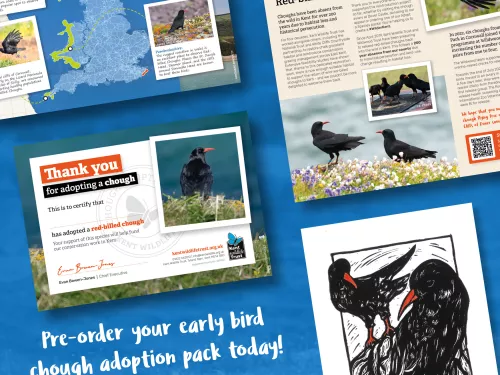
Adopt a chough
Pre-order your pack today. You'll receive a factfile, project updates, an exclusive litho print and more!
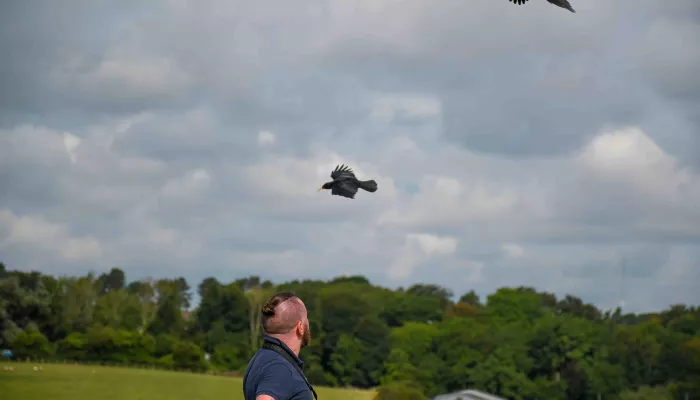
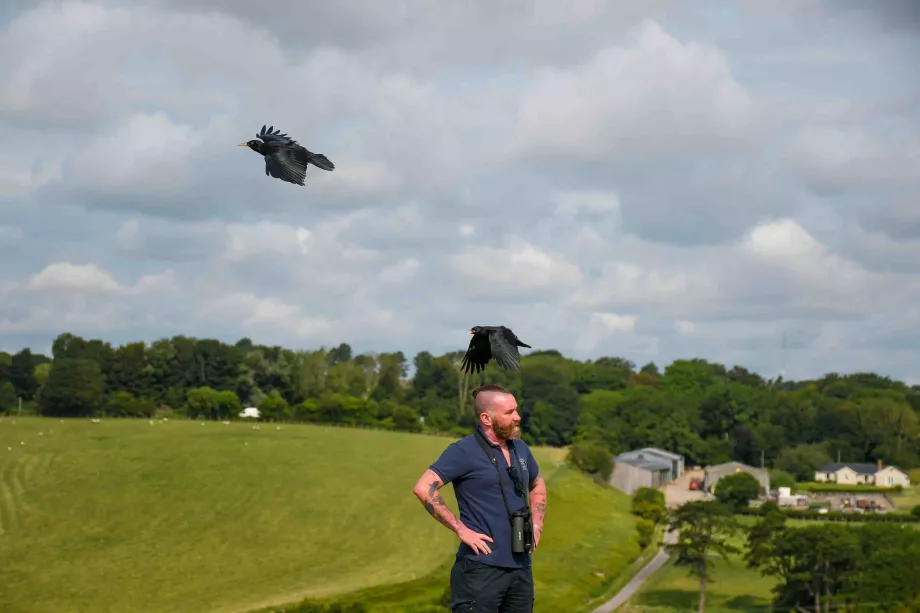
Director of Conservation Paul Hadaway at the release of the choughs. Tim Horton
The red-billed chough is a rare member of the crow family with glossy black plumage, red legs and a distinctive bright red beak. The chough was once native to Kent but became extinct in the county more than 200 years ago due to changing farming practices and persecution.
The corvid’s long-standing association with Kent is exemplified by its appearance on the coat of arms of Canterbury. According to legend, choughs gained their red beaks and feet after a crow flew into the Cathedral and paddled in the blood of the murdered Archbishop Thomas Becket as he lay dying.
In the run-up to the release of the chough, which took place at a secret location in Dover this month, a team from Wildwood, worked round the clock to support a group of chicks creche-reared at the site, near Canterbury.
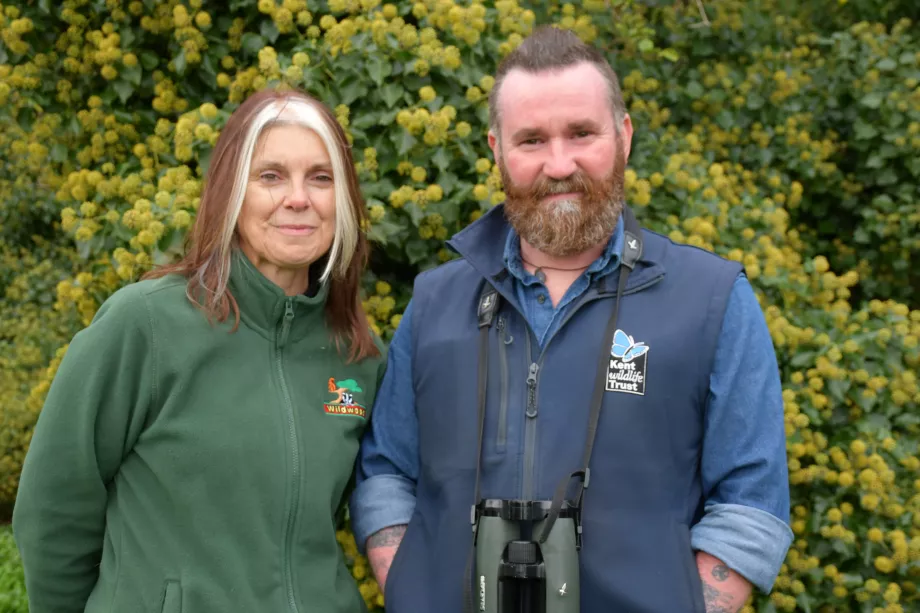
Laura Gardner of Wildwood Trust with Paul Hadaway of Kent Wildlife Trust. ©️ Sally Smith, Kent Wildlife Trust
Director of Conservation at Wildwood Trust, Laura Gardner, says watching them soar into the sky was a huge moment for everyone involved:
“Releasing the choughs into the wild felt a bit like sending your child to nursery for the first time - a wonderful milestone but not without a certain level of anxiety! We need to make sure they have all the relevant skills they need so they can not only survive but thrive.
“We have used whistle recall so that we can get them to return to the release aviary and be sure that they can access food and shelter. Once they grow in confidence, they can identify where resources are in the wild and be less dependent on us. At that point, they may not come back but continuing the provision of food and safety from predators gives the birds the option of additional support if needed.”
The released birds, which have come from a zoo-based breeding programme coordinated by Paradise Park in Cornwall, will now be closely monitored by the team who will map their progress. Meanwhile, the land will continue to be managed by experts at Kent Wildlife Trust to ensure the habitats exist to allow them to thrive.
Director of Conservation for Kent Wildlife Trust, Paul Hadaway explains:
“Habitat creation and habitat connectivity at scale is the starting point of the journey back for chough. Chalk grassland is an incredibly rare habitat, we talk about it as being the equivalent to that of the rain forest in UK terms. You can find forty species per square metre in grazed chalk grassland, it has a massive invertebrate population, so it is an incredibly important habitat and what keeps it important is the grazing management by the animals.
“In Dover, we have been restoring chalk grassland for forty-odd years, it requires grazing, wherever possible with organic livestock and, with that, you get the dung which contains beetles and other insects upon which the chough feed. Dover has at least five valleys running into the central point and each of those is a chalk grassland or downland mix of habitats which have been progressively restored. All the feasibility studies tell us that we have a critical mass of habitat here and we can start to bring species back.”
After decades of habitat restoration, the reintroduction of the red-billed chough aims to join up fragmented populations and bring new genetics into that population.
It is anticipated that the project will follow the success of a similar reintroduction in Jersey, where the ‘Birds on the Edge’ programme has established a growing population on the north coast.
The recolonised population of the chough in Cornwall demonstrates what is possible when the habitat is right, and the clever corvid has flown freely over the Cornish coast since the start of the century.
The project is starting in the furthest most Eastern part of England and will be used as a flagship to drive further habitat restoration and further reintroductions of this species across the south coast of England.
The wider aspirations of the restoration of Chough to Southern England is being planned through a dedicated steering group comprising multiple NGOs and government agencies across the Southern England counties.

Pre-order your pack today. You'll receive a factfile, project updates, an exclusive litho print and more!
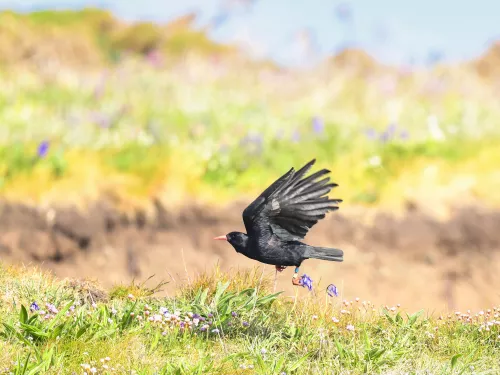
Find out about the chough's fascinating links to the history and landscape of the county.
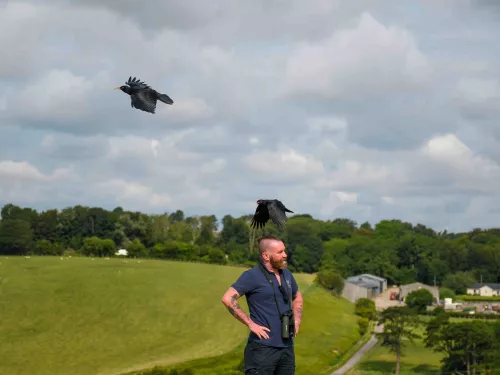
Your continued support makes this historic reintroduction possible. We want to release choughs every year into the wild.